Rice Cultivation Shaping Asian Food Landscapes
9 min read Explore how rice farming influences Asian culinary traditions, shaping flavors, dishes, and cultural identities across the continent. August 10, 2025 21:05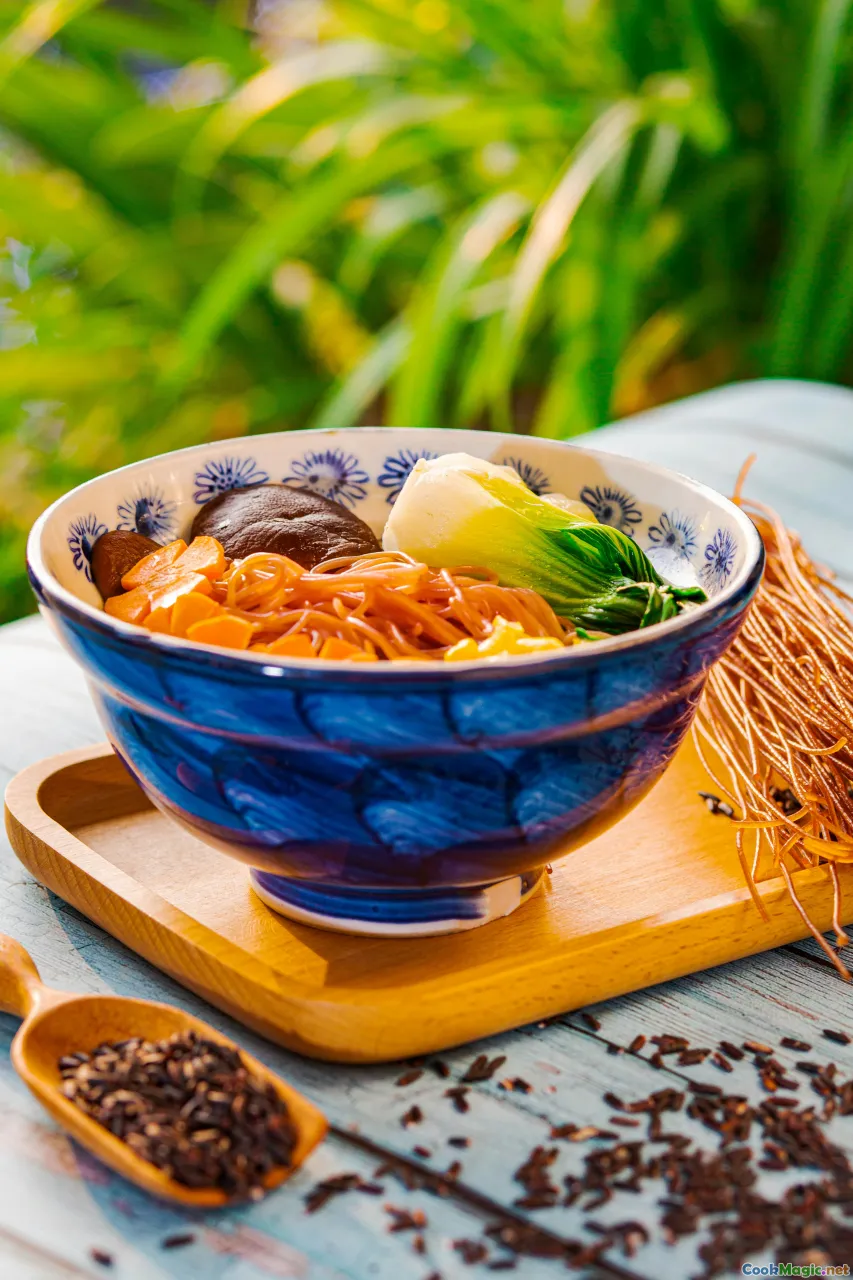
The Heart of the Paddies: Rice as Cultural Roots
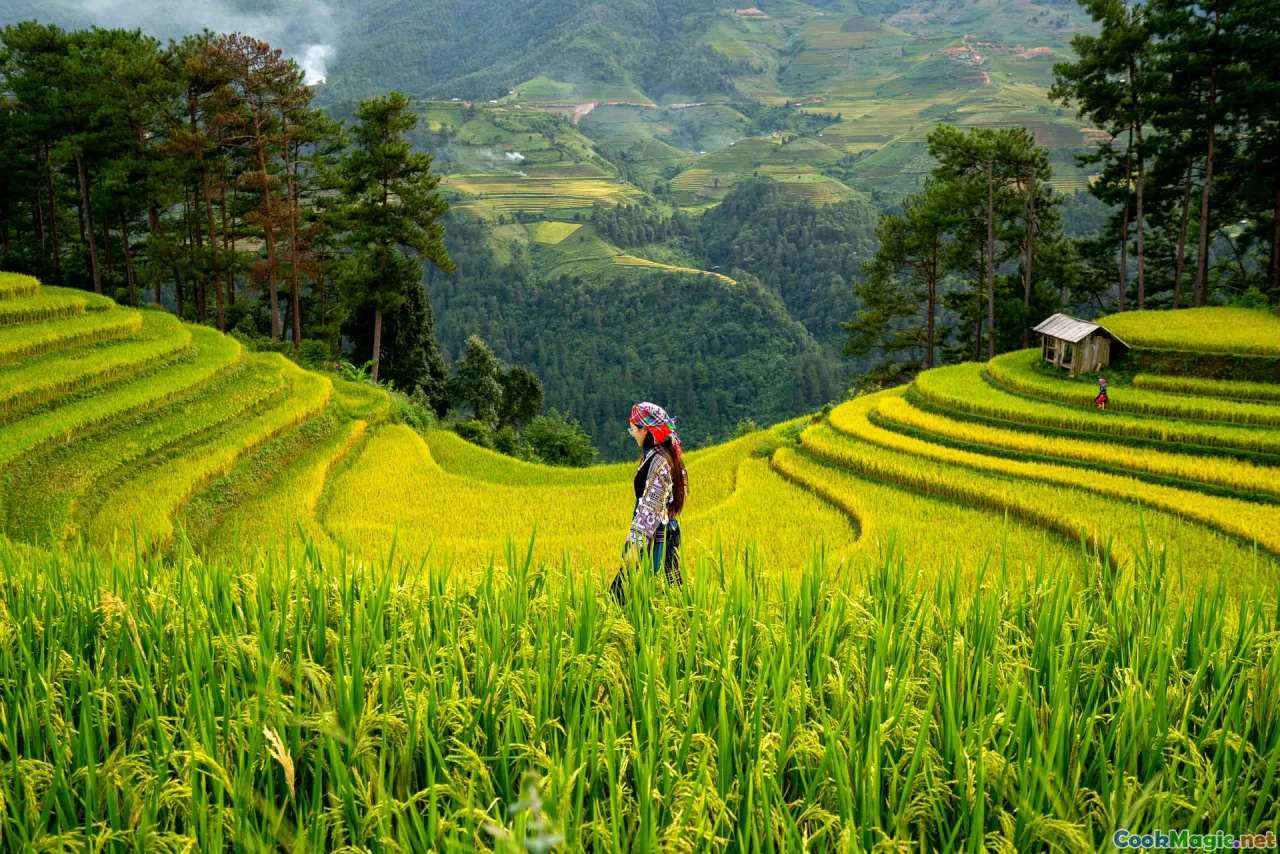
Picture endless terraced fields cascading down mist-shrouded mountainsides in Bali, golden fields shimmering under the tropical sun in Thailand, or the meticulously maintained paddies of Japan’s Niigata Prefecture. These rice terraces are not just functional—they are living symbols of ancestral harmony between humans and nature. For generations, rice cultivation has dictated the rhythms of life, planting, harvesting, and festivals that celebrate this life-sustaining crop.
In countries like Vietnam, the act of rice planting is a communal event that brings families together at dawn, infusing the air with earthy, slightly sweet scents of wet soil and cut grass. The tactile experience of soaking grains in water, the gentle patter of seedlings being transplanted into the fields—these moments carry emotional weight, tying people to the land.
From Seed to Bowl: The Art and Science of Growing Rice
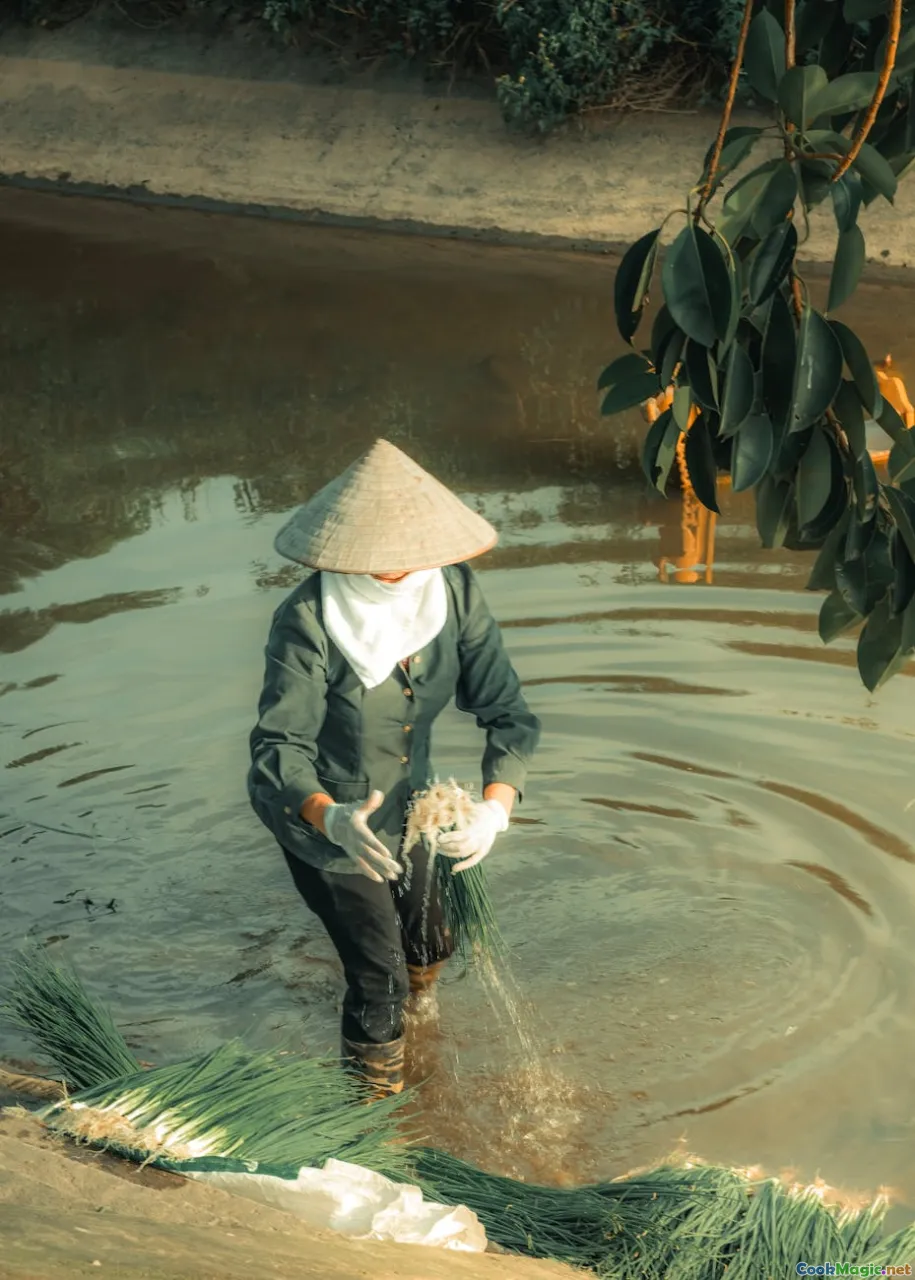
Growing rice is a meticulous art, blending ancient knowledge with modern innovation. The journey begins with selecting the right seed—each variety offering a unique profile, from the aromatic Jasmine of Thailand to the sticky Mochi rice of Japan. Farmers often start by cultivating seedlings in nurseries, nurturing them until they are strong enough to be transplanted into flooded paddies.
Irrigation systems, often intricate networks of channels and sluices, define the landscape, ensuring that fields remain flooded—a key factor in controlling weeds and pests. The water’s reflective surface amplifies the vivid greens, crests of sky-blue, and the occasional flash of silver from fish that live alongside the crops.
The cultivation process is deeply rooted in tradition, yet increasingly supported by technological advancements—drones surveying fields, satellite imagery, and precision irrigation—all aimed at maximizing yield, flavor, and environmental sustainability.
The Transformative Power of Rice in Culinary Traditions
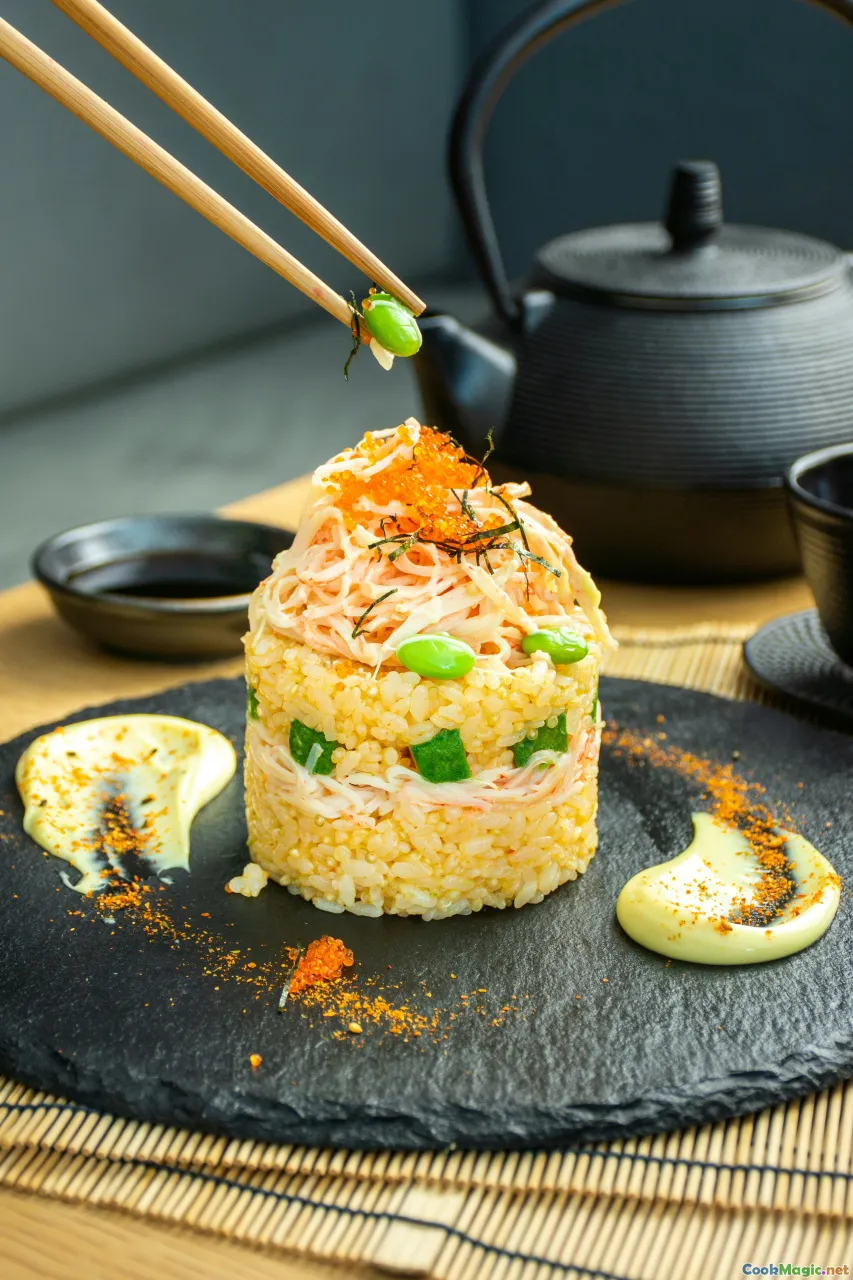
Beyond its growing, rice is the framework upon which numerous iconic dishes are built. In Japan, sushi epitomizes the delicacy of rice—its subtly sweet, slightly tangy, and perfectly sticky grains serve as a tender foil for fresh raw fish, vibrant vegetables, and whispered whispers of wasabi. The individual grains—each moist and tender—balance texture and taste in a moment of edible harmony.
In China, steaming bowls of congee bring comfort and tradition, offering a savory, velvety porridge flavored with pickled vegetables, shredded chicken, or century eggs. The aroma of jasmine-infused rice wafts through street markets in Thailand, where fragrant Thai fried rice, bursting with garlic, lime, and chili heat, satisfies hungry spirits after dusk.
Further afield, the Spanish paella—a colorful tapestry of saffron-infused rice, seafood, and chorizo—demonstrates rice’s versatility and its ability to absorb bold flavors, turning simple ingredients into a communal feast.
Regional Variations: Rice’s Cultural Signatures
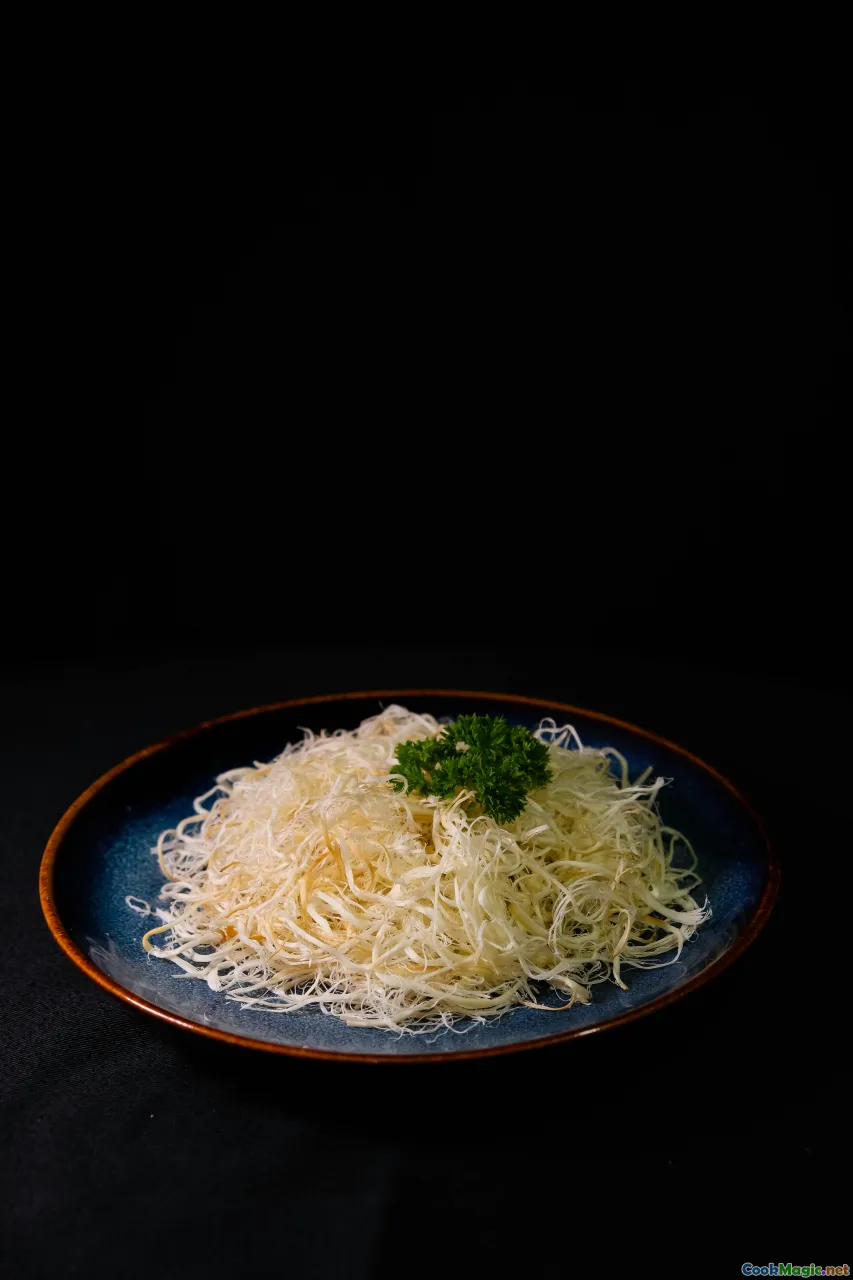
Each culture infuses rice with unique preparation styles and flavors. In India, Biryani—an aromatic and spiced rice dish layered with marinated meats, dried fruits, and nuts—embodies a centuries-old tradition linking Persian influences and Indian spices.
In Southeast Asia, sticky rice (glutinous rice) is central to festive occasions, often served alongside grilled meats or coconut desserts. Its chewy, slightly sweet texture complements rich, creamy flavors, creating a sensory symphony.
In the Mekong Delta of Vietnam, rice paddies stretch endlessly, forming a lifeline for millions. The locals consume rice in myriad forms—from crisp latticed rice crackers to delicate rice vermicelli—each celebration, each meal, a testament to rice’s significance.
Rice’s Journey and Its Emotional Connective Thread

The journey of rice from seed to serving plate mirrors personal stories—memories of family harvests, markets bustling with eager vendors, celebrations of harvest festivals where rice appears in offerings and prayers. For many, rice symbolizes abundance, gratitude, and resilience.
Imagine the bright, humid mornings in rural villages where mothers instruct children, “Pick the rice, see how it shines in the sunlight.” The aroma of freshly cooked rice is a familiar comfort; it’s the core of daily nourishment and spiritual ceremonies.
Sustainability and Future Perspectives
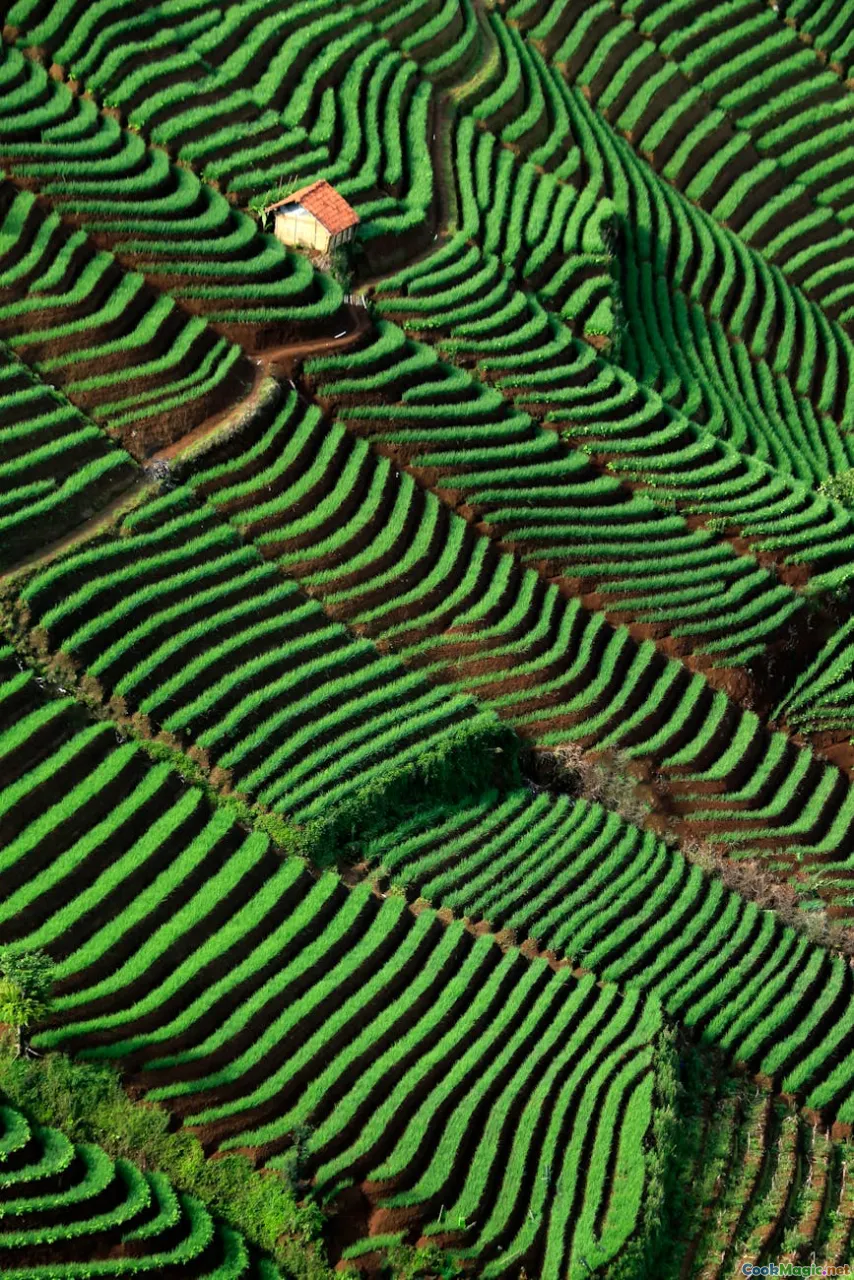
As the world grapples with environmental challenges, rice cultivation faces the need for sustainable practices. Traditional paddies, once perceived as inefficient, are now being revitalized through water-saving techniques, organic fertilizers, and integrated pest management.
Success stories abound—integrated rice-shrimp farming in Vietnam reduces environmental impact while enhancing biodiversity. Modern innovations like rice straw bioenergy and drought-resistant varieties are shaping the future, ensuring that rice remains a cultural cornerstone without compromising ecological health.
Tips for Appreciating Rice’s Heritage in Your Cooking
- Explore regional varieties: Venture beyond jasmine and basmati; try heirloom rice like Thai Hom Mali or Myanmar’s brown long-grain.
- Understand cooking techniques: Embrace specific methods—steam sushi rice for perfect texture or stew risotto slowly for creamy richness.
- Connect with traditions: Incorporate rice-based rituals or festival foods into your repertoire, such as making mooncakes with sticky rice or celebrating a regional harvest.
- Source ethically: Support farmers practicing sustainable methods, and opt for organic or fair-trade rice when possible.
This humble grain, accumulated through centuries of cultivation and cultural exchange, continues to shape the diverse, emotional, and sensory landscapes of Asian cuisines. By appreciating its journey, we not only enrich our plates but also honor the rich tapestry of stories woven into every grain.
In embracing rice, we celebrate a timeless bond—one that brings people together over meals, festivals, and shared histories—reminding us that sometimes, the simplest ingredients hold the most profound stories.









